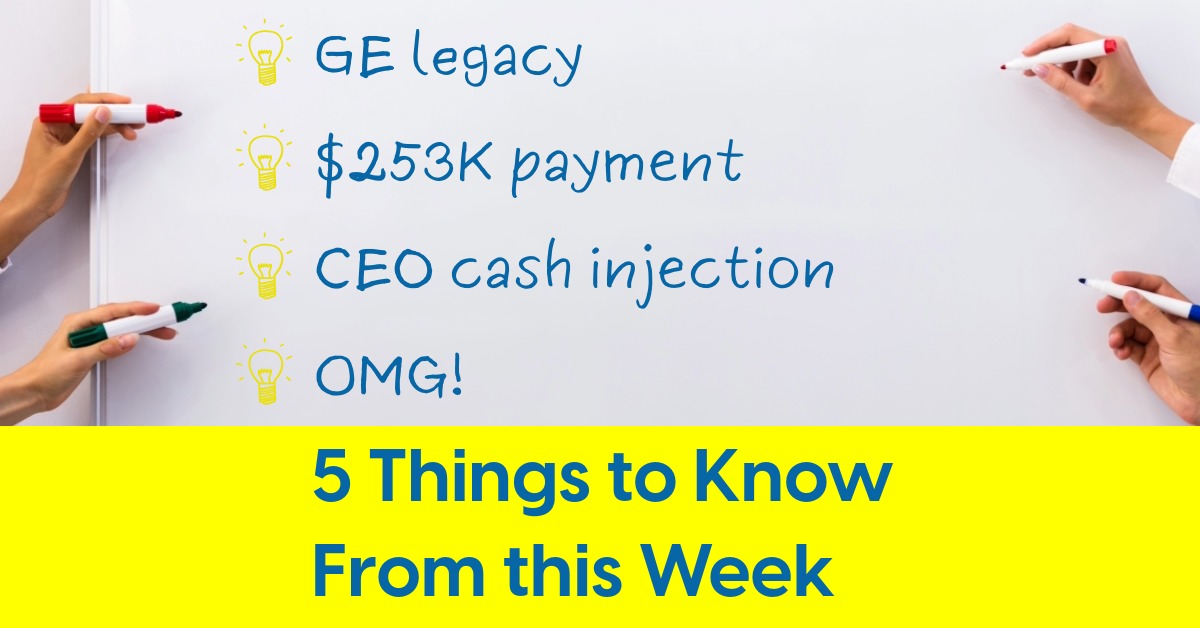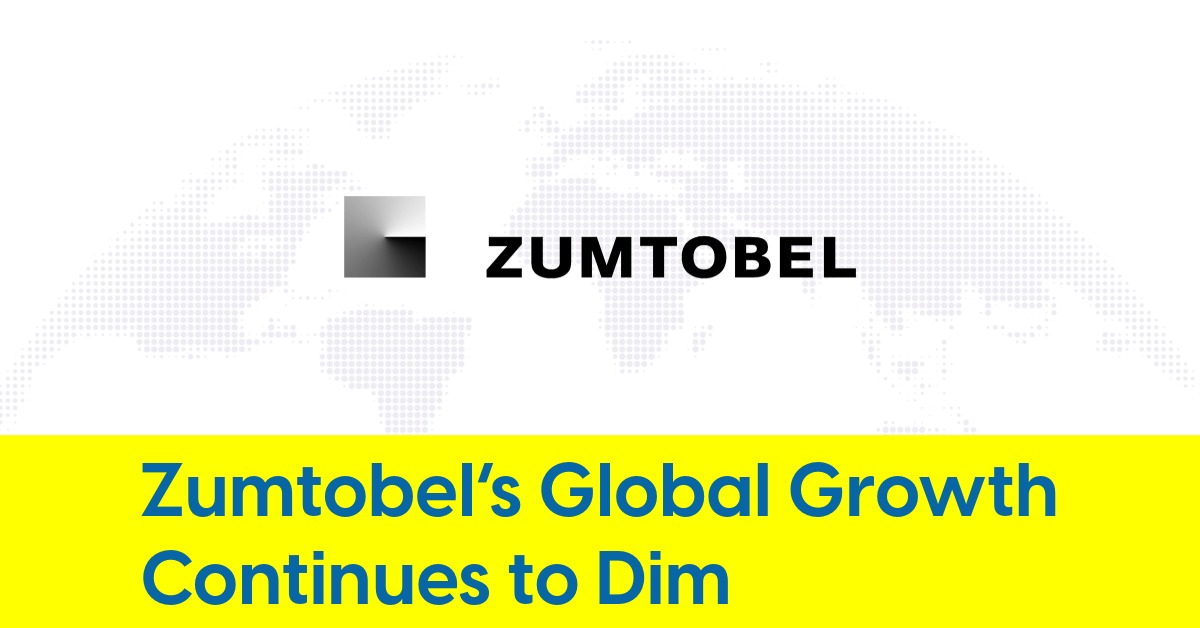October 24, 2025
In a Year of Transitions, Signify Searches for Stability

Q3 Results: Sales decline, forecasts drop, headcount trimmed, profitability squeezed, demand falters
By most measures, 2025 has been a bruising year for Signify. Not dramatic, but steadily dispiriting. The company, which leads the global lighting industry by market share, has faced shrinking sales, fading investor confidence, and a rotating cast of chief executives in 2025.
Nowhere is that pressure more apparent than in the United States — Signify’s largest national market, accounting for roughly one-third of global revenue. Historically a stabilizing force in the company’s portfolio, the U.S. has turned into a stress point, with delayed public sector projects, price erosion, and slower-than-expected demand. “In the U.S., demand has been slower than expected in the third quarter,” CEO As Tempelman acknowledged on the company’s earnings call this morning, noting that softness in the public sector in particular had weighed heavily.
CFO Željko Kosanović echoed that sentiment, referring to “a softer than anticipated U.S. market” and adding that weakness across North America contributed to broader sales shortfalls in the Professional and OEM segments.
Third-quarter revenue landed at €1.407 billion ($1.65 billion), below the lowest end of analyst expectations and the weakest quarter since the 2016 spin-off from Philips. It also marked the third straight quarter of sequential revenue decline — a break from Signify’s well-established seasonal rhythm, where Q2 and Q3 typically outpace Q1.
This sequential dip now reads more like a trend:
- Q1 2025: €1.448 billion ($1.69 billion)
- Q2 2025: €1.418 billion ($1.66 billion)
- Q3 2025: €1.407 billion ($1.65 billion)
Signify shares fell sharply in early Friday trading, dropping €1.78 — or about 7.6% — to €21.52 after closing at €23.30 on Thursday.
A Trifecta of CEOs, and a Pivot in Leadership Style
This is the year Signify saw three different CEOs lead the company. Longtime chief Eric Rondolat exited in April. Interim leadership from Željko Kosanović covered May through August. Since September, newly appointed CEO As Tempelman has stepped in, bringing a notably different résumé. Unlike his predecessors who each have Schneider Electric pedigrees, Tempelman comes not from electrical manufacturing but from the energy and utility sectors — a shift that some view as a signal of broader strategic rethinking.
In his first remarks to investors, Tempelman struck a cautious but forward-looking tone. “The markets are indeed very challenging,” he said. “We see ripple effects of tariffs as Chinese overcapacity is redirected from the U.S. to Europe and other regions... creating additional price pressure, especially in the Professional trade channels.”
He also acknowledged continued softness in North America, highlighting the slowdown in publicly funded projects. These dynamics were reinforced by CFO Kosanović, who pointed to “further weakening of demand, especially in Europe” and emphasized that macro conditions were affecting multiple regions.
Downward Revisions and Segment Misses
The Professional segment — long considered a bellwether for Signify’s health — fell short of expectations. Analysts had forecast revenue of €968 million ($1.13 billion). The final figure: €928 million ($1.08 billion). OEM was even more sharply down, with sales declining 26% year-over-year to €93 million ($109 million) and margins dropping to just 4.7%, the lowest across Signify’s divisions.
CFO Kosanović pointed to “persistent price pressure in non-connected components” and highlighted “lower orders from two major customers” as the primary drag.
In response to these trends, Signify has once again lowered its full-year 2025 outlook:
- Comparable sales growth revised to –2.5% to –3.0% (or –1.0% to –1.5% excluding Conventional)
- Adjusted EBITA margin revised to 9.1–9.6% (down from 9.6–9.9%)
- Free cash flow lowered to ~7% of sales, from 7–8%
Employment Trends: A Workforce Under Pressure
While headcount reduction isn’t unusual during down cycles, the pace and persistence at Signify have drawn attention. During the first nine months of 2025, Signify’s workforce decreased by 1,395 employees — from 29,459 to 28,064 full time employees — continuing the downward trend that began the year prior.
In 2024, the employee count dropped by 2,461 positions, full-time roles going from 31,920 to 29,459 by year’s end. Taken together, Signify has reduced its workforce by 3,856 employees over just 21 months — a 12% reduction. Management attributed the reductions to the 2023 reorganization program and lower factory staffing requirements stemming from production volume declines.
Kosanović noted that “cost discipline” contributed 130 basis points of improvement to adjusted EBITA margins in Q3.
Where the Light Still Shines
Despite macro headwinds, Tempelman highlighted several areas of strength. He pointed to the Consumer business, which grew 3.7% in comparable terms and posted a 9.1% margin — boosted by the continued expansion of the Philips Hue portfolio and strong performance in India.
He also highlighted the agricultural lighting business as an important contributor. “Overall, connected and specialty lighting grew by high single digits,” Tempelman noted, “across both the Professional and Consumer businesses.”
One standout project came from Montbartier, France, where the company deployed solar-powered luminaires integrated with the Interact platform — a showcase for how Signify intends to combine connected and sustainable technologies in public sector infrastructure.
Strategy Reset: A Market-Based Approach
Looking ahead, Tempelman committed to clarity and focus. He laid out three core priorities:
- Outperform in tough markets, especially through connected and specialty lighting.
- Refine and clarify strategy, emphasizing the need for stronger communication with stakeholders.
- Focus R&D resources, shifting from a product-centered mindset to a market-based approach.
A Capital Markets Day is planned for 2026, during which Tempelman promises to provide transparency on Signify’s portfolio, strategic direction, and capital allocation.
As he said in the call: “We can and should be clearer about strategy... and we are reviewing our OEM business to understand its role in our broader offering.” Notably, he stopped short of calling this a rationalization, but the signal is clear: change is coming.
A North American Watchpoint
As the largest piece of Signify’s business, the U.S. and broader North American region will be pivotal to any turnaround. But 2025 has shown that traditional strengths — government infrastructure, major OEM customers, steady retrofits — are no longer guaranteed revenue engines. Signify’s leaders have signaled that the softness may persist into early 2026, especially in the public and Professional sectors.
If Q4 — typically the company’s strongest quarter — manages to reverse the pattern, it could signal a turning point. But with price sensitivity up, volume down, and executive leadership still settling in, North America remains one of several regions to watch closely as Signify navigates its way into the new year.











